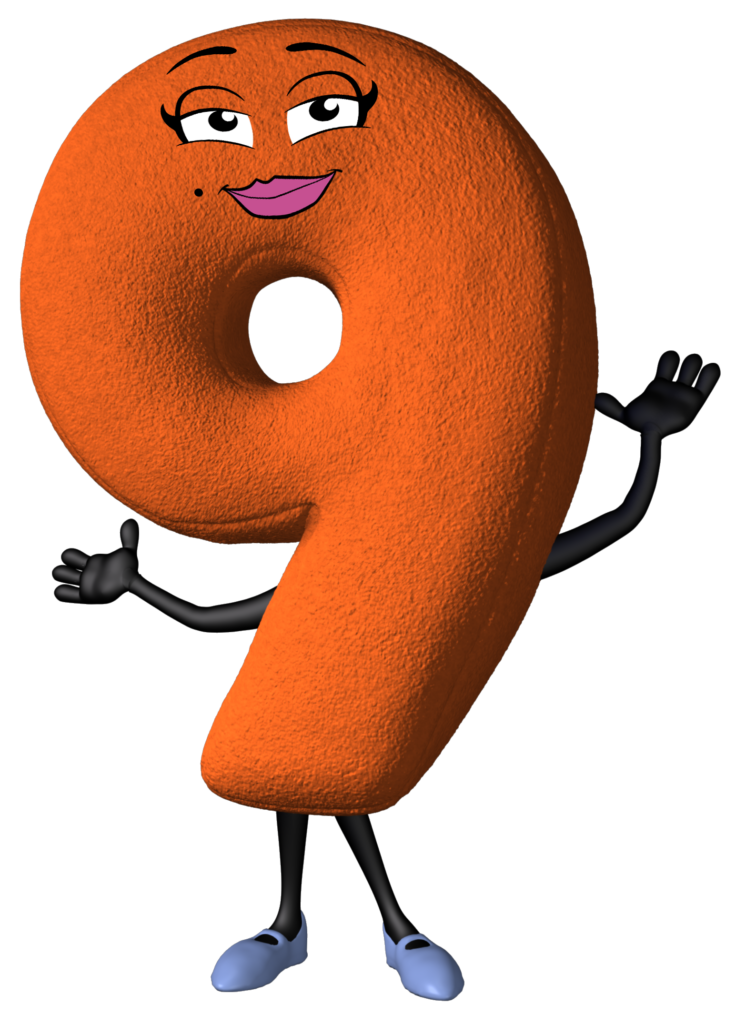
About the Art
Luke Jerram created the glass sculpture Covid19 as a tribute to the scientists and medical teams who worked collaboratively across the world to slow the spread of the coronavirus identified as Covid-19. Jerram believed it was vital that global scientists and medical teams work together to slow the spread of coronavirus so health services could manage a resulting pandemic.
Covid19 was also created to provide the public a more realistic representation of the virus as an alternative to the artificially colored image presented through the media. Constructed through a process of scientific glassblowing, Covid19 (series of 5), was based on scientific understanding and diagrams of the virus at the time.
The sculpture is part of Jerram’s glass microbiology series. Viruses have no color and are smaller than the wavelength of light. At 23cm in diameter, Covid19 is approximately 2 million times larger than the actual virus.
Iowa State University commissioned the sculpture in 2020 to reflect ISU’s current and future research, learning in health, and its focus on solving global challenges.
About the Artist
Luke Jerram’s multidisciplinary practice involves the creation of sculptures, installations, and live art projects. Born in 1974, he has been living in the UK and working internationally since 1997. Jerram has created several extraordinary art projects which have excited and inspired people around the world.
Jerram was given honorary doctorates from the University of Bristol in 2020 and University of Gloucestershire in 2022. He was made an Honorary Academician of the Royal West of England Academy (RWA) and Fellow of The Royal Astronomical Society in 2020.
Jerram creates art of different sizes that delivers messages and inspires communities to recognize often challenging concepts. His sculptures are respected in the scientific community with features in The Lancet, Scientific American, BMJ (British Medical Journal)and on the front cover of Nature Magazine.

Swine Flu glass microbiology featured in BMJ, 2009, image courtesy of Luke Jerram

Front cover of Nature Magazine, 2010, image courtesy of Luke Jerram
Examples of Luke Jerram’s art and installations follow.

Bridges, not Walls, 2021, UK
For more information on this installation, visit https://www.lukejerram.com/bridges-not-walls/

Euclid, 2016, Bristol, UK
For more information on this artwork, visit: https://www.youtube.com/watch?v=_JqnjS4Dw2U

Stock Exchange Artworks, 2004-2012, New York Stock Exchange – For more information on this glass sculptures visit: https://www.lukejerram.com/glass-stock-exchange/

Liquid Nanoparticle, 2020, Iowa State University, Ames, Iowa

Swine Flu, 2020, Iowa State University, Ames, Iowa

E. coli, 2020, Iowa State University, Ames, Iowa


Past, Present and Future, 2018, Sunderland Museum, United Kingdom – Photo by Dr. Klemm


Corona Virus and Oxford AstraZeneca Covid-19 Vaccine, 2020, Sunderland Museum, United Kingdom
Relevant Terminology/History
Covid-19: Coronavirus disease is an infectious disease caused by the SARS-CoV-2 virus. Prior to availability of the vaccination in 2021, many infected individuals and health-care workers died from Covid-19. Once the vaccine was available and administered, people infected with the virus experienced mild to moderate respiratory illness and recovered without requiring special treatment.
A pandemic is an epidemic that that crosses international boundaries, usually affecting people globally. A disease or condition is not a pandemic merely because it is widespread or kills many people; it must also be infectious.
Learning Guide


- What do you think the title has to do with the art?
- Why do you think Number Characters 1 & 9 speak about the art?
- How does the red image with white numbers relate to the art?
- How does the hidden blue image relate to the art?
- Why do you think Covid-19’s name includes 19?
- How long is 23 cm? Compare Jerram’s hand to the width of the sculpture. How many times wider is the sculpture to his hand?
- If Covid19 is 2 million times the size of the Covid-19 virus, do you think you could measure the virus? If you believe you could, how might you do the measurement? If you do not think you could measure the virus, do you think you could even see the virus with your own eyes?
- If scientists cannot visually see a virus, how do they measure a virus and know its characteristics?
- What do you think the preface “corono” means? Why is that preface meaningful to the Covid-19?
